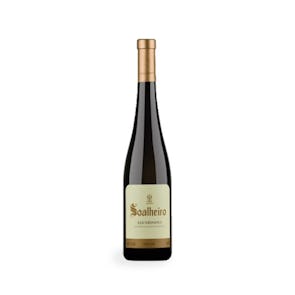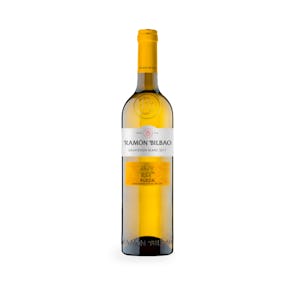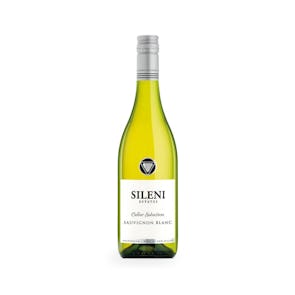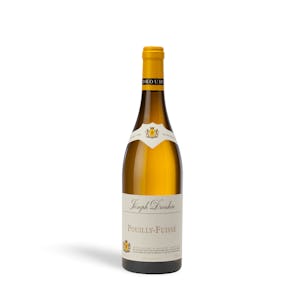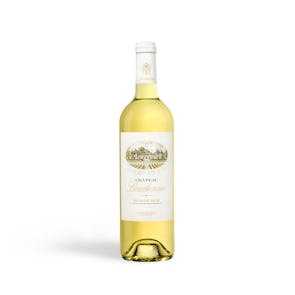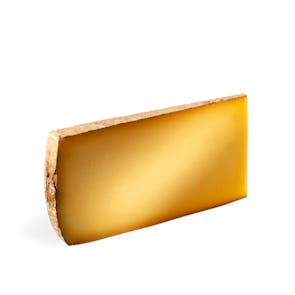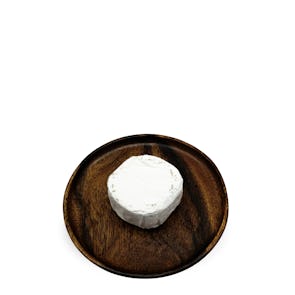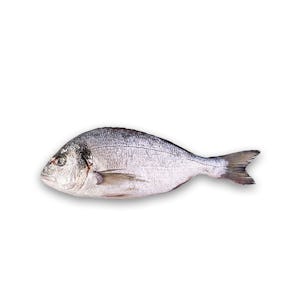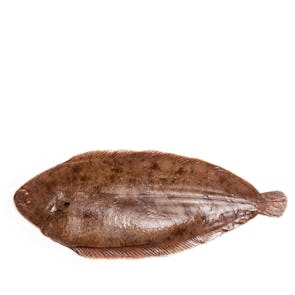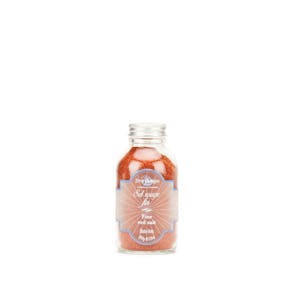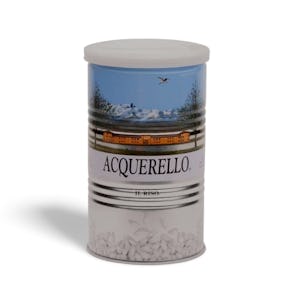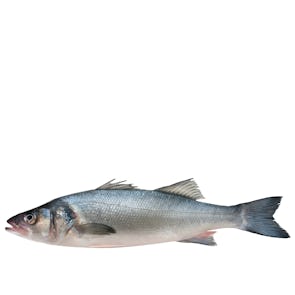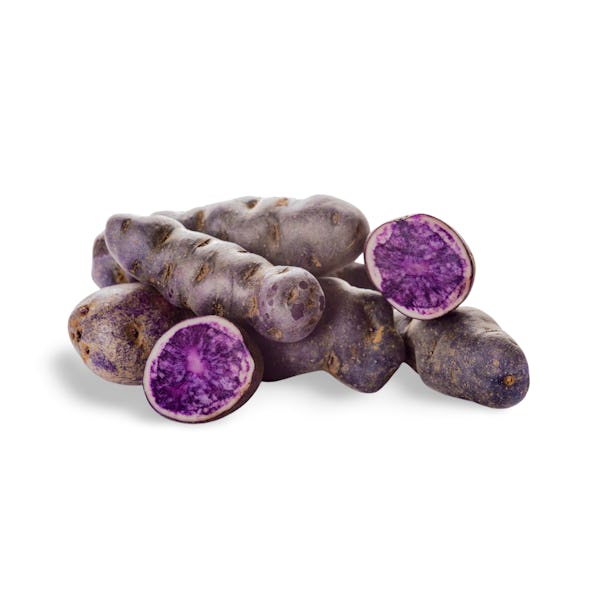
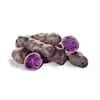

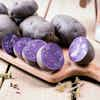
Potatoes Vitelotte (Purple Potatoes)
Nutty purple potatoes
TASTING NOTES FROM THE CURATOR
Also called Vitelotte Noir, Négresse, and Truffe de Chine, Potatoes Vitelotte are gourmet French potatoes cultivated in France since the 19th century. It has a deep purple, dark violet-blue skin, and a deep purple flesh with occasional white marbling. It has a smooth, firm, and dense texture, and gives a nice nutty flavor, reminiscent of chestnuts.
PREPARATION AND PAIRINGS
These potatoes are as versatile as they are striking. Here’s how to make them shine:
- Roast with duck fat and rosemary, then finish with Maldon salt for a luxe side dish.
- Turn into a silky mash with garlic confit and goat cheese for a modern comfort classic.
- Toss into a salad with arugula, walnuts, and a mustard vinaigrette.
- Pan-fry as breakfast hash alongside cured meats or smoked trout.
- Pair with creamy dishes, as their earthy notes beautifully offset rich sauces and cheeses.
PRETTY POTATOES
The Vitelotte potato was particularly popular in France in the 17th century, as a valuable food source. But the love for the tuber didn’t stop there. The royal court took to wearing its flowers, as well. Marie Antoinette was said to wear the potato flowers in her hair, and as part of her headdresses for balls. And Louis XVI wore them on his coat. We don’t blame them; they are very pretty flowers. They have delicate purple petals that fade into white toward the tips, and a red-yellow pistil.
Purple potatoes aren’t a modern fad—they’re rooted in centuries-old varietals first cultivated in the Andes. What sets the French-grown variety apart is their cultivation in terroirs that lend a subtler, sweeter nuance to the flesh. These vibrant tubers are rich in anthocyanins, the same antioxidants found in blueberries and red cabbage, believed to offer health benefits. But beyond nutrition, they offer an artistic flourish to any plate. Imagine opening a rustic French farmhouse oven to find a cast iron dish glowing with violet wedges—simple, soulful, and unforgettable.
Storage Instructions
Potatoes last longer on the kitchen counter than most fruits and vegetables, but eventually, they start to sprout green shoots and lose some of their freshness and flavor.
Do not wash potatoes until you are ready to use them. Moisture does not help them last longer and will in fact make them prone to soft spots.
Place the potatoes in its original paper bag, mesh bag, basket or bowl to ensure good ventilation. Store your potatoes in a cool, humid, and dark place.
Provided they are properly stored, potatoes can last weeks.

